Description
Pithy And Pointed ‘There There’ Puts Native American Voices Front And Center
Here’s the thing about There There, the debut novel by Native American author Tommy Orange: Even if the rest of its story were just so-so — and it’s much more than that — the novel’s prologue would make this book worth reading.
In that 10-page prologue, Orange wittily and witheringly riffs on some 500 years of native people’s history, a history of genocide and dislocation presented mostly through the image of heads. He begins with a description of the “Indian Head test pattern,” a graphic that closed out America’s television programming every night during the age of black-and-white TV. He then catapults backwards to 1621 and the first Thanksgiving, then bebops through a litany of Indian massacres in American history.
Here’s part of that prologue where Orange momentarily catches his breath and sums up:
Our heads are on flags, jerseys, and coins. Our heads were on the penny first, of course, the Indian cent, and then on the buffalo nickel, both before we could even vote as a people — which, like the truth of what happened in history all over the world, and like all that spilled blood from slaughter, are now out of circulation.
In his prologue and in other inspired digressions throughout this novel, Orange’s writing reminds me of the late, great Tom Wolfe — another exuberant, socially conscious prose poet who loved to get word-drunk but never got sloppy.

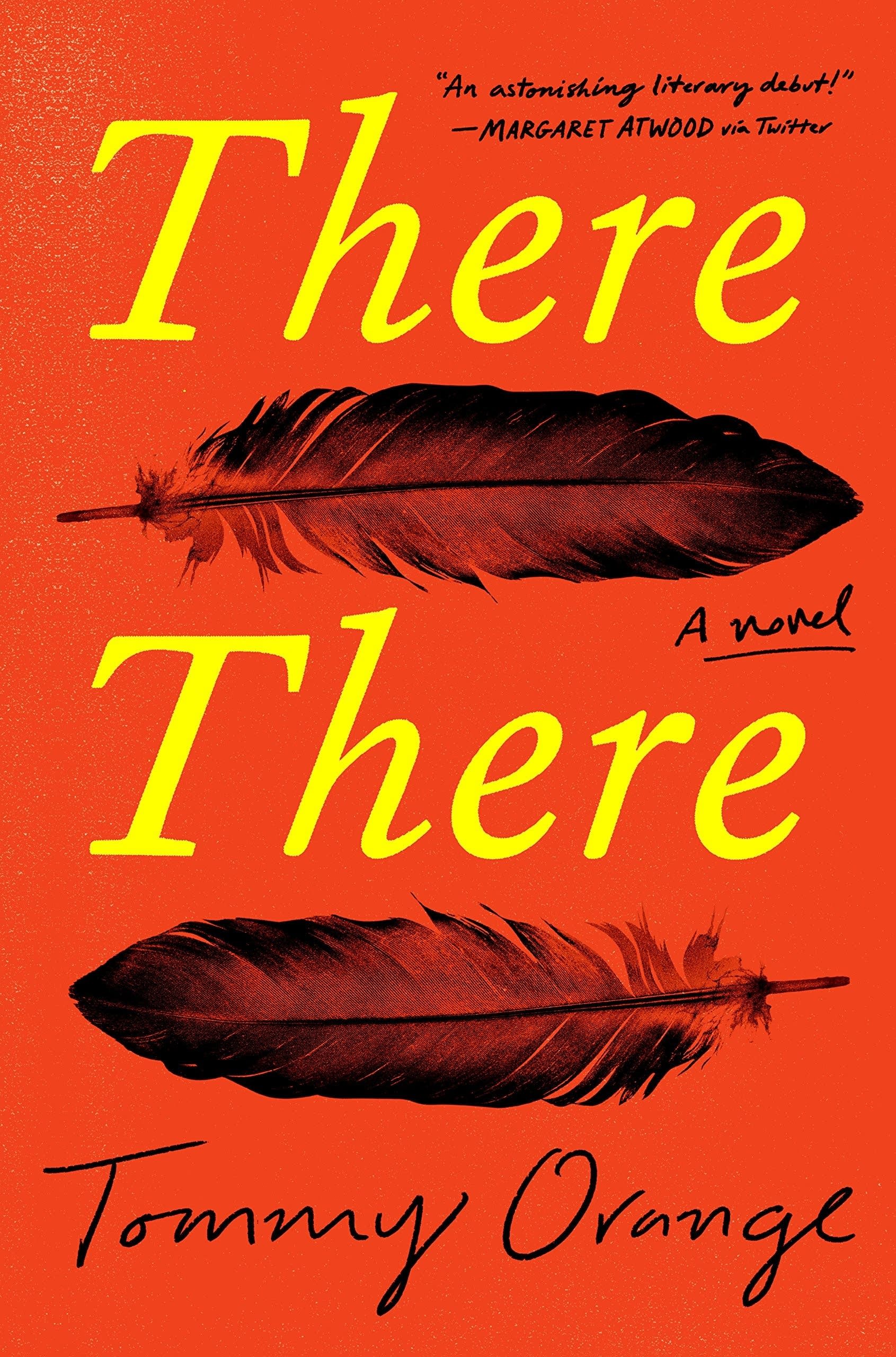
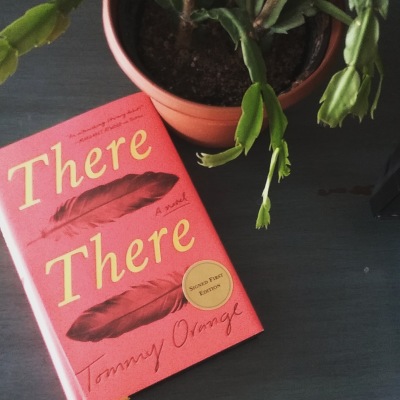
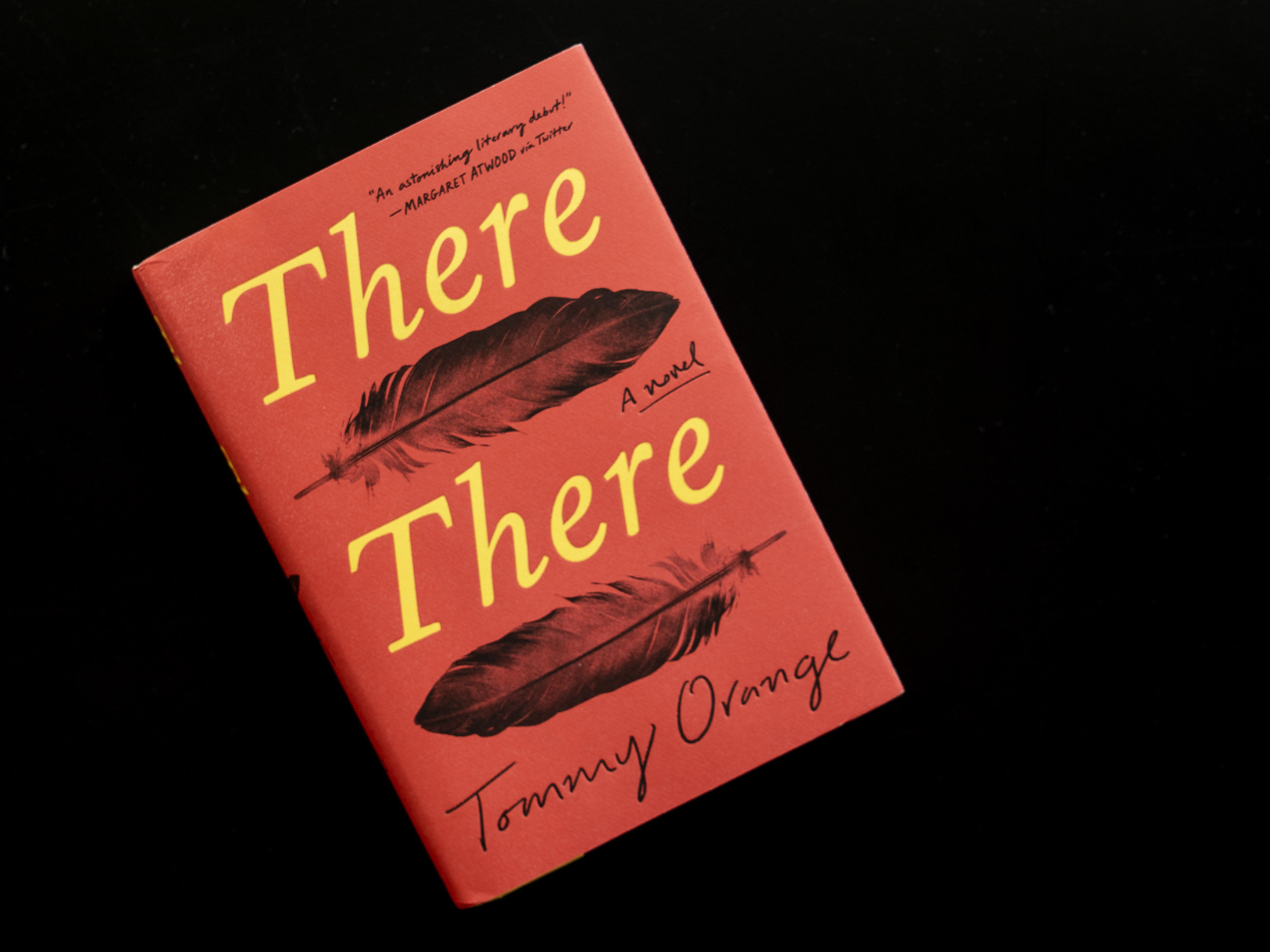

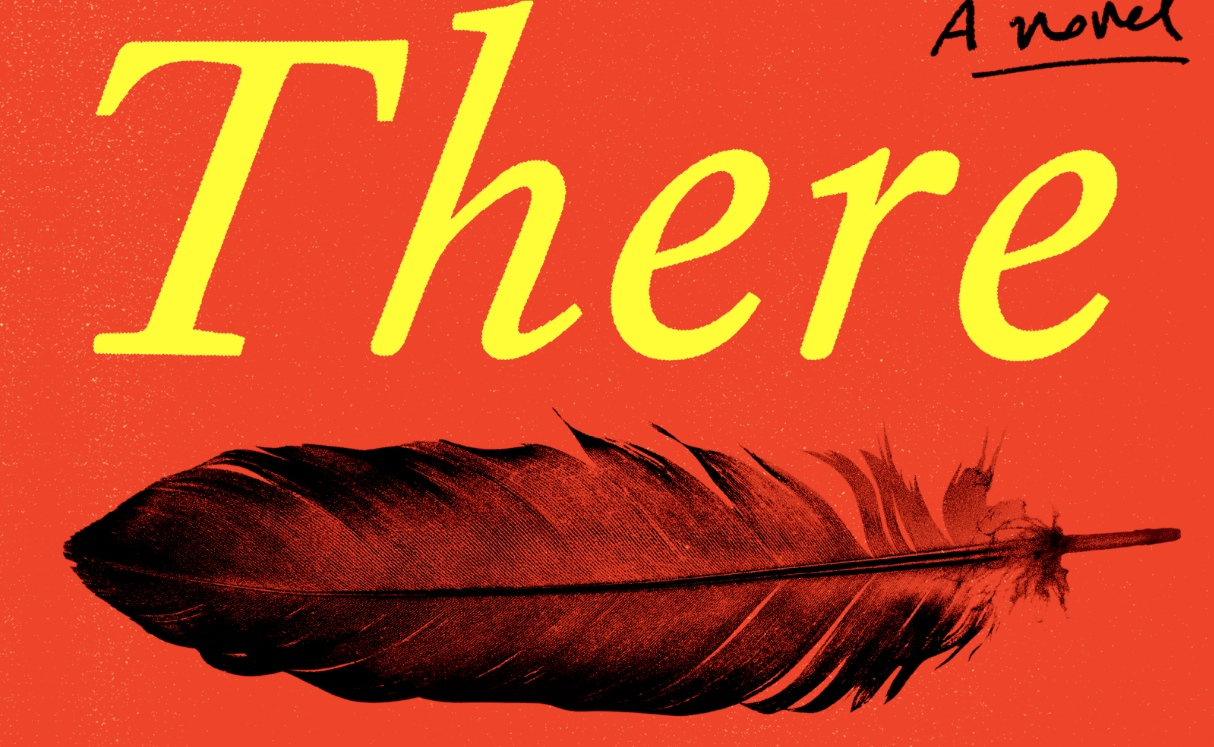
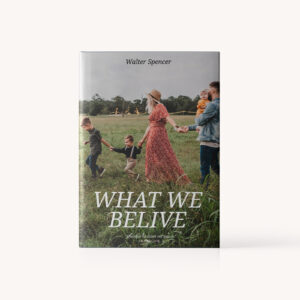

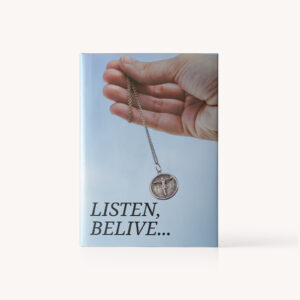
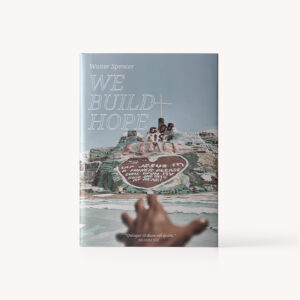
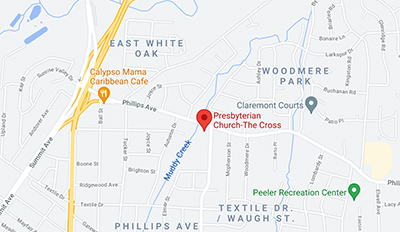
Church Member –
This review is based on questions from the One City, One Book Questionaire.
How did you hear about One City, One Book?
From my Church, Presbyterian Church of the Cross
Please share your thoughts on the selection of There There by Tommy Orange for the 2021 One City, One Book project.
This book, on top of a pandemic, was not the best choice. Sad and depressing.
What did you like most about this One City, One Book program?
Sharing the same book brings us closer together.
What suggestions do you have to improve this One City, One Book program?
A book that emphasizes how much we are alike + decreases emphasis on how we are different, especially in this time of a divided country